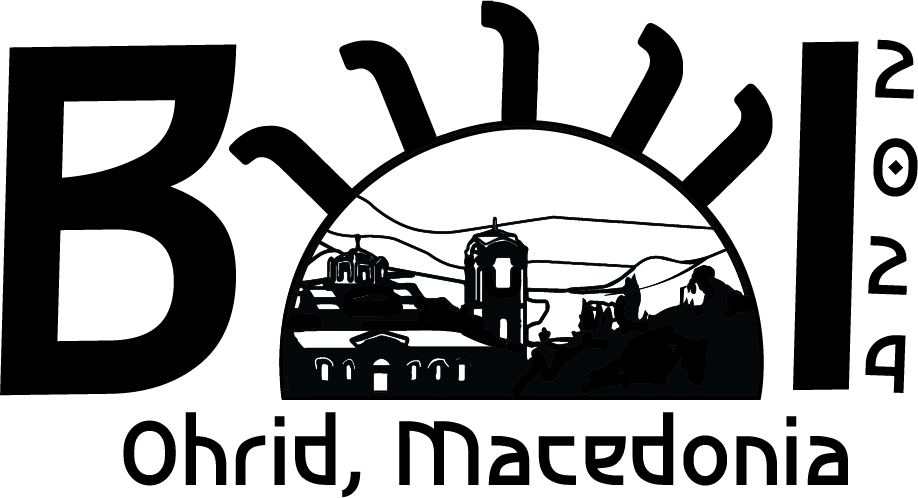Skopje, capital of the Republic of Macedonia
The country’s political, cultural, economic, and academic center is Skopje.

The territory of Skopje has been inhabited since at least 4000 BC; remains of Neolithic settlements have been found within the old Kale Fortress that overlooks the modern city centre. On the eve of the 1st century AD, the settlement was seized by the Romans and named Scupi. When the Roman Empire was divided into eastern and western halves in 395 AD, Scupi came under Byzantine rule from Constantinople. During much of the early medieval period, the town was contested between the Byzantines and the Bulgarian Empire, whose capital it was between 972 and 992. From 1282, the town was part of the Serbian Empire and acted as its capital city from 1346. In 1392, the city was conquered by the Ottoman Turks who called the town Üsküp. In 1912, it was annexed by the Kingdom of Serbia during the Balkan Wars and after the First World War the city became part of the newly formed Kingdom of Serbs, Croats and Slovenes (Kingdom of Yugoslavia). In the Second World War the city was conquered by the Bulgarian Army, which was part of the Axis powers. In 1944, it became the capital city of Democratic Macedonia (later Socialist Republic of Macedonia), which was a federal state, part of Democratic Federal Yugoslavia (later Socialist Federal Republic of Yugoslavia). The city developed rapidly after World War II, but this trend was interrupted in 1963 when it was hit by a disastrous earthquake. In 1991, it became the capital city of an independent Macedonia.
Skopje is located on the upper course of the Vardar River, and is located on a major north-south Balkan route between Belgrade and Athens. It is a center for metal-processing, chemical, timber, textile, leather, and printing industries. Industrial development of the city has been accompanied by development of the trade, logistics, and banking sectors, as well as an emphasis on the fields of transportation, culture and sport. Skopje has a population of aprox. 600 000 inhabitants.
The city of Ohrid
In the long history of Ohrid, almost all Balkan countries/nations are mentioned. We are glad to host all participating teams at BOI here.
Ohrid is the largest city on Lake Ohrid and the eighth-largest city in the country with over 42,000 inhabitants as of 2002. Ohrid is notable for once having had 365 churches, one for each day of the year, and has been referred to as a "Jerusalem (of the Balkans)".
The city is rich in picturesque houses and monuments, and tourism is predominant. It is located southwest of Skopje, west of Resen and Bitola. In 1979 and in 1980, Ohrid and Lake Ohrid were accepted as Cultural and Natural World Heritage Sites by UNESCO. In fact, Ohrid is one of only 28 sites that are part of UNESCO's World Heritage that are both Cultural and Natural sites.

The city of the immortal Ohrid is the sublime lakeside point that for many represents the culmination of the Macedonian experience, a kingdom of light and water, a repository of ancient ruins from Macedonia’s earlier kingdoms. Ohrid’s major attractions are all located within a remarkably concentrated and eminently walkable area, among and above the narrow streets of the Old Town lined with restaurants and cafés perfectly suited for relaxing in the cool summer evenings. Ohrid’s many café bars and nightclubs also make for a vibrant nightlife. As for the lake itself, it is so large and so deep that one might mistake it for a small sea. Full range of water sports, fishing and boating is available, and numerous churches alongside Ohrid’s lake shores make for fascinating side trips and walks. The wooded ridge above the lake’s eastern shore is largely taken up by the National Park of Galichica, an unspoiled wilderness ideally suitable for nature enthusiasts. The uniqueness of Lake Ohrid and the city’s historical architecture has been attested by UNESCO, honoring it with an official designation as one of the few places on the cultural institution’s list “World Inheritance”. Archaeological finds indicate that Ohrid is one of the oldest human settlements in all of Europe. The lake itself is over three million years old.

